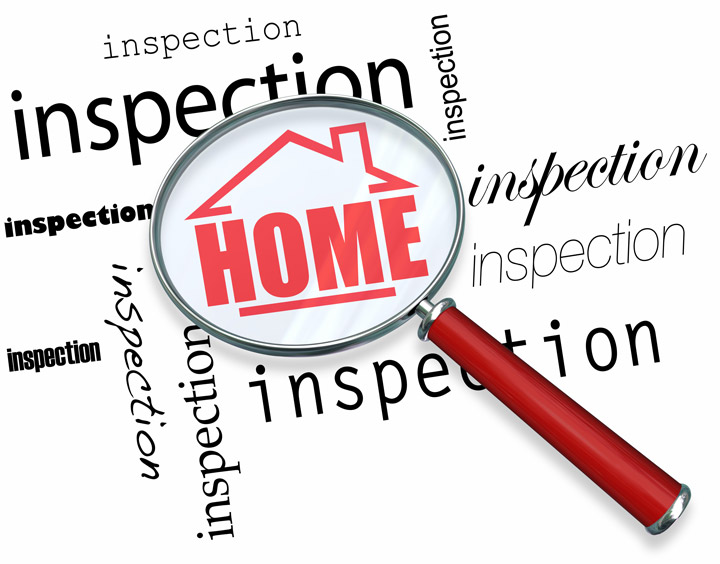
What Are the Parts of an Appraisal?Purchasing real estate is the largest transaction most people may ever make. Whether it's a main residence, a seasonal vacation home or an investment, purchasing real property is a complex transaction that requires multiple parties to see it through. The majority of the participants are quite familiar. The real estate agent is the most familiar person in the transaction. Next, the bank provides the financial capital required to finance the transaction. The title company sees to it that all areas of the transaction are completed and that a clear title passes from the seller to the buyer. So, who's responsible for making sure the real estate is worth the purchase price? This is where you meet the appraiser. We provide an unbiased estimate of what a buyer could expect to pay — or a seller receive — for a parcel of real estate, where both buyer and seller are informed parties. A licensed, certified, professional appraiser from Lotich's Appraisal Service will ensure, you as an interested party, are informed. Appraisals start with the home inspectionOur first responsibility at Lotich's Appraisal Service is to inspect the property to determine its true status. We must see features first hand, such as the number of bedrooms and bathrooms, the location, living areas, etc, to ensure they truly are there and are in the condition a typical buyer would expect them to be. The inspection often includes a sketch of the floorplan, ensuring the square footage is accurate and conveying the layout of the property. Most importantly, we identify any obvious features - or defects - that would affect the value of the house. Next, after the inspection, we use two or three approaches to determining the value of real property: a sales comparison, a replacement cost calculation, and an income approach when rental properties are prevalent. 
Replacement CostHere, we analyze information on local construction costs, labor rates and other factors to figure out how much it would cost to replace the property being appraised. This value often sets the maximum on what a property would sell for. It's also the least used method. 
Paired Sales AnalysisAppraisers become very familiar with the neighborhoods in which they appraise. They thoroughly understand the value of specific features to the people of that area. Then, the appraiser researches recent transactions in close proximity to the subject and finds properties which are 'comparable' to the property at hand. By assigning a dollar value to certain items such as upgraded appliances, extra bathrooms, additional living area, quality of construction, lot size, we add or subtract from each comparable's sales price so that they are more accurately in line with the features of subject.
A true estimate of what the subject might sell for can only be determined once all differences between the comps and the subject have been evaluated. At Lotich's Appraisal Service, we are experts in knowing the value of particular items in Rancho Cucamonga and San Bernardino County neighborhoods. This approach to value is usually awarded the most importance when an appraisal is for a home exchange. Valuation Using the Income ApproachA third method of valuing a property is sometimes applied when an area has a reasonable number of renter occupied properties. In this case, the amount of income the property produces is factored in with income produced by neighboring properties to determine the current value. ReconciliationAnalyzing the data from all applicable approaches, the appraiser is then ready to state an estimated market value for the property in question. The estimate of value at the bottom of the appraisal report is not always the final sales price even though it is likely the best indication of what a property is worth. Depending on the individual situations of the buyer or seller, their level of urgency or a buyer's desire for that exact property, the closing price of a home can always be driven up or down.Regardless, the appraised value is often used as a guideline for lenders who don't want to loan a buyer more money than they could recover in the event they had to sell the property again. Here's what it all boils down to, an appraiser from Lotich's Appraisal Service will help you attain the most accurate property value, so you can make wise real estate decisions. |